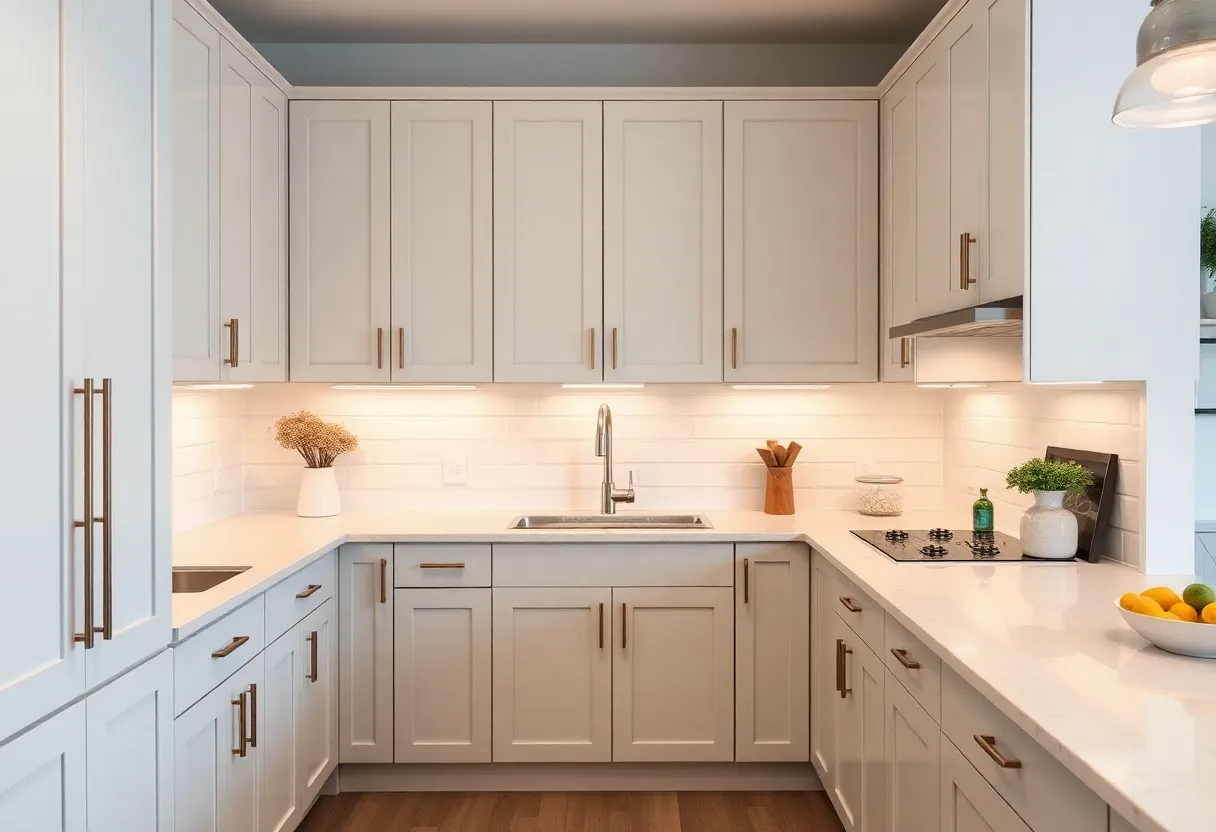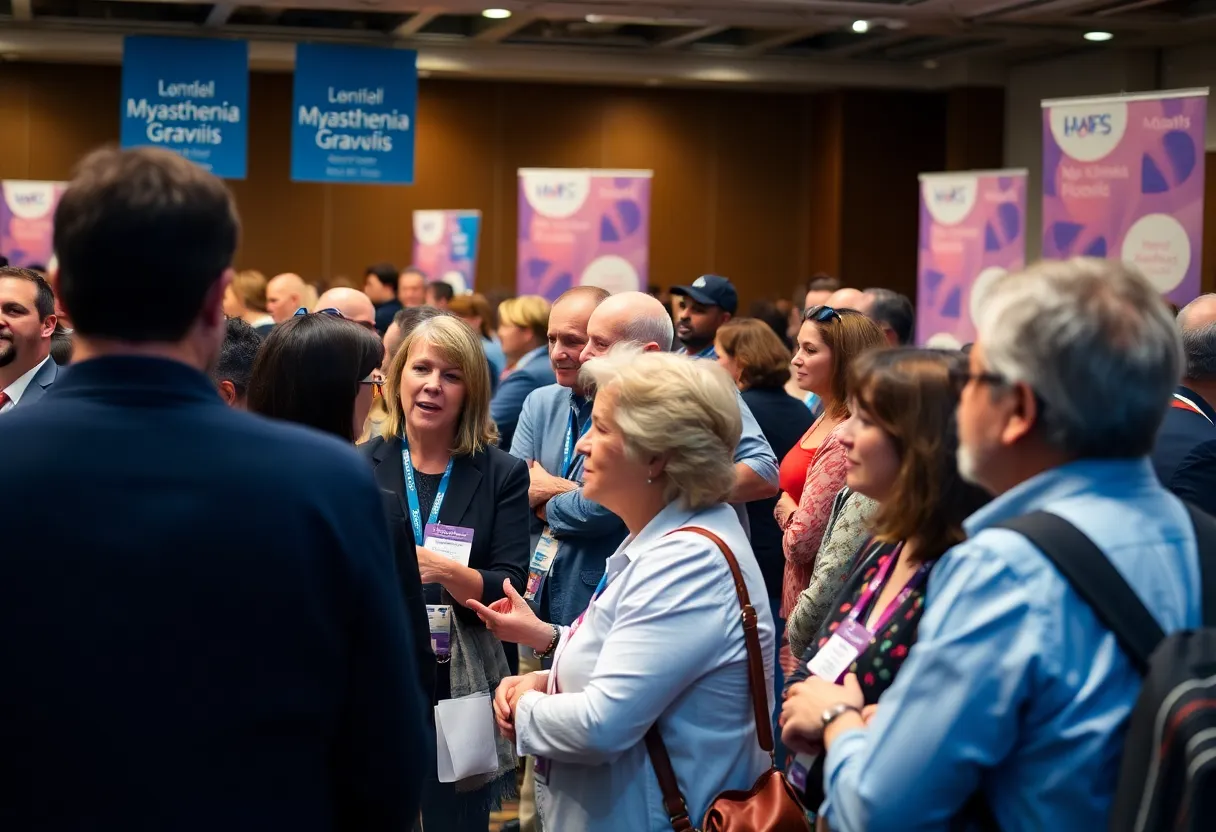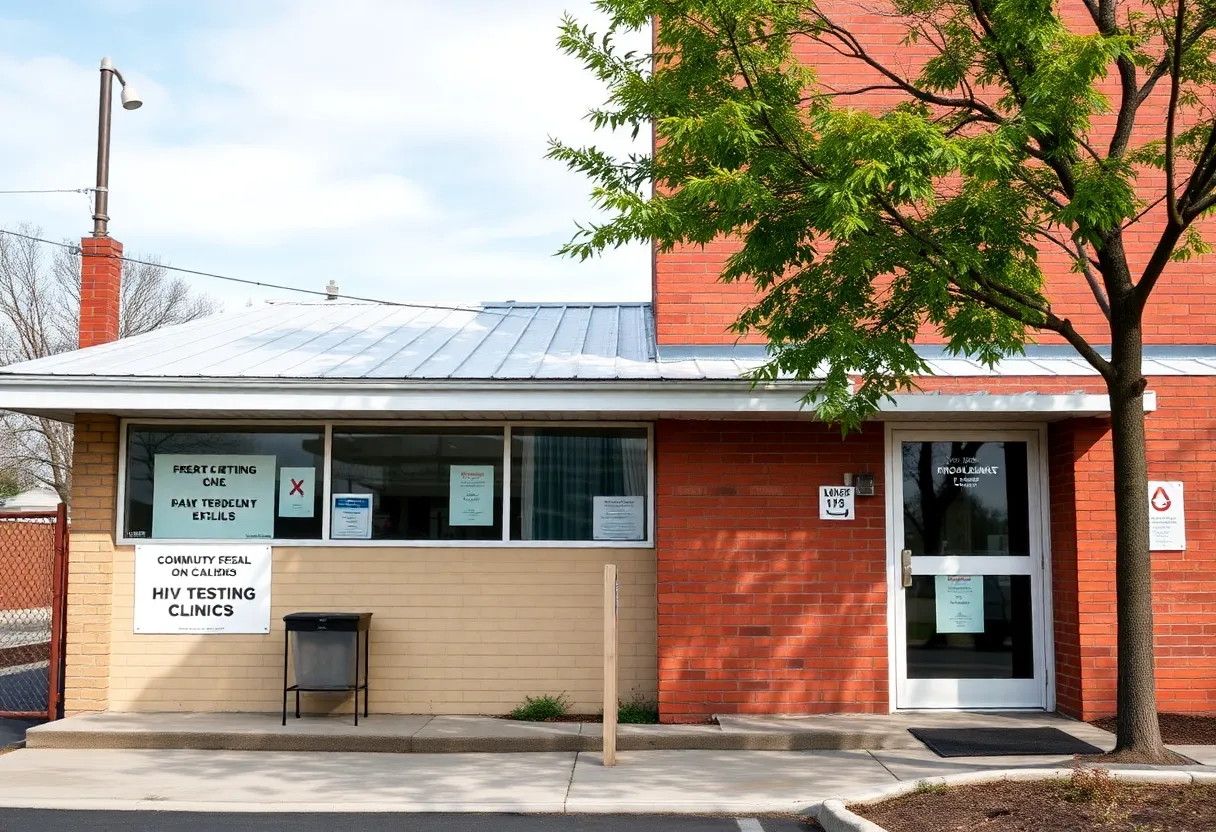Everything You Need to Know About Kitchen Cabinet Refacing: A Cost-Effective Alternative to Replacement
Remodeling a kitchen can be an overwhelming task, particularly when it comes to the cabinets. For many homeowners, kitchen cabinet refacing presents a viable option to completely replace their cabinets. This article will explore the ins and outs of kitchen cabinet refacing, explaining what it is, how it works, its benefits, and how to approach the project effectively.
What is Kitchen Cabinet Refacing?
Kitchen cabinet refacing involves replacing the exterior surfaces of existing cabinet boxes while leaving the cabinet framework intact. This alternative preserves the original structure and saves considerable time, labor, and cost compared to a full cabinet replacement. Refacing typically includes changing the cabinet doors, drawer fronts, and hardware, while applying a new veneer or laminate to the existing cabinet boxes.
Why Choose Refacing Over Replacement?
Deciding whether to reface your cabinets or replace them entirely depends on various factors. Here are several compelling reasons why refacing might be the right choice for you:
1. Cost-Effectiveness
Refacing is often 30-50% less expensive than replacing cabinets. With a significant reduction in the cost of materials and labor, kitchen cabinet refacing can provide a fresh, updated look for your kitchen without breaking the bank.
2. Time Efficiency
The refacing process generally takes less time than a full kitchen remodel. While complete replacement could take weeks, refacing can often be completed in just a few days, making it a great option for busy households.
3. Minimal Disruption
Because the cabinet framework is retained and only the exteriors are replaced, kitchen cabinet refacing minimizes disruption in your home. You can continue using your kitchen with minimal inconvenience.
4. Environmental Considerations
Refacing cabinets is an eco-friendly choice. It reduces waste by extending the life of your existing cabinetry and minimizing the amount of material sent to landfills.
Understanding the Refacing Process
The kitchen cabinet refacing process typically consists of several stages. Here’s a breakdown of what to expect:
1. Assessment
Before starting, a professional will assess your existing cabinets. They will look for structural integrity, signs of wear, and whether the cabinets are worth refacing. This step ensures that the cabinets are a good candidate for refacing.
2. Selecting Materials
Once the assessment is complete, you can select new materials. Choices typically include:
- Veneer: A thin layer of hardwood plywood that can give the cabinets a rich look.
- Laminate: A durable option available in various colors and finishes.
- New Doors and Drawer Fronts: Available in numerous styles, colors, and materials.
3. Removal of Old Hardware
The process continues with the removal of old hardware, including doors, drawer fronts, and hinges. Proper handling of these elements is crucial, as they will be either replaced or reattached.
4. Installation of Veneer
Next, the new veneer or laminate is applied to the cabinet boxes. This step requires precision to ensure a smooth, professional finish. It is vital that the application is seamless for an aesthetically pleasing result.
5. Replacing Doors and Drawer Fronts
After the veneer is applied, new doors and drawer fronts are installed. These elements often make the most significant visual impact, so choosing the right style is essential.
6. Final Touches
The last step involves adding new hardware, such as handles and knobs, to enhance the look. This final touch can dramatically influence the overall aesthetics of your kitchen.
Benefits of Kitchen Cabinet Refacing
The benefits of kitchen cabinet refacing extend beyond aesthetics. Here are several advantages that make this option appealing:
1. Enhanced Aesthetics
Refacing can dramatically improve the appearance of your kitchen. Whether you want a modern, sleek look or a more traditional style, the customization options allow for flexibility.
2. Increased Home Value
A well-executed kitchen remodel can increase your home’s value. Refacing cabinets presents an affordable option to enhance your kitchen without investing in a full remodel.
3. Increased Durability
Refacing using high-quality materials ensures that your cabinets will not only look new but will also withstand daily wear and tear. Laminates, for instance, are particularly resistant to scratches and stains.
4. Customization Options
With endless finish options and styles available, refacing allows for complete customization that aligns with your design preferences. You can choose colors and styles that suit your taste and home’s overall aesthetic.
Considerations Before Refacing
While kitchen cabinet refacing can be an excellent option, several considerations should be kept in mind:
1. Current Condition of Cabinets
If your existing cabinets are structurally sound and not infested with pests, they are good candidates for refacing. Weak or damaged cabinets may not hold up after refacing.
2. Complexity of Design
Some designs, particularly those involving intricate carvings or unusual shapes, may not be as easily refaced. Simpler designs often work better for this type of project.
3. Do-It-Yourself vs. Professional Installation
While some homeowners may opt for a DIY approach, hiring a professional guarantees a flawless finish. Complexities in installation may lead to issues if not handled by an expert.
DIY vs. Hiring a Professional
Whether to tackle kitchen cabinet refacing yourself or hire a professional depends on several factors, including skill level, available time, and budget.
1. DIY Advantages
Doing it yourself can save money on labor costs. Additionally, it allows for complete creative control. However, ensure you are equipped with the necessary tools and expertise to get the job done well.
2. Hiring Professionals
On the other hand, professionals bring experience and expertise to the table. They offer a guarantee of quality and save you from potential headaches. If the project feels overwhelming, hiring experts is wise.
Conclusion
Ultimately, kitchen cabinet refacing is a cost-effective, efficient, and aesthetically pleasing alternative to full cabinet replacement. It can rejuvenate your kitchen without the significant expenses and disruptions associated with a complete remodel. By understanding the process, benefits, and considerations involved, you can make an informed decision about whether cabinet refacing is the right choice for your home. Invest in a fresh look and increased value for your kitchen, all while minimizing waste and environmental impact.








